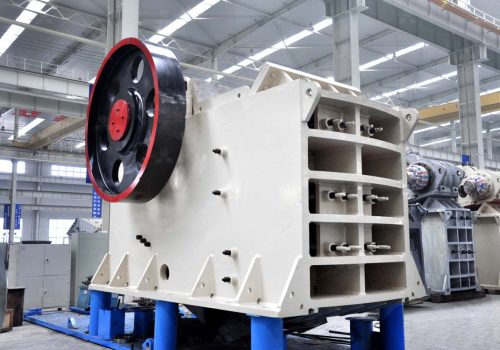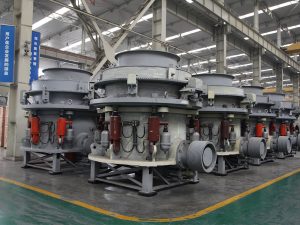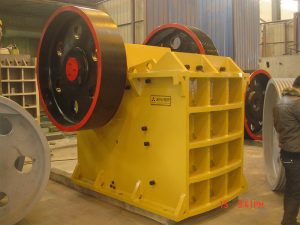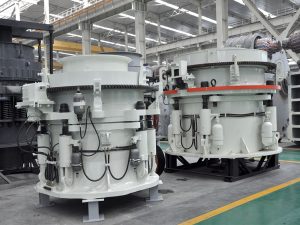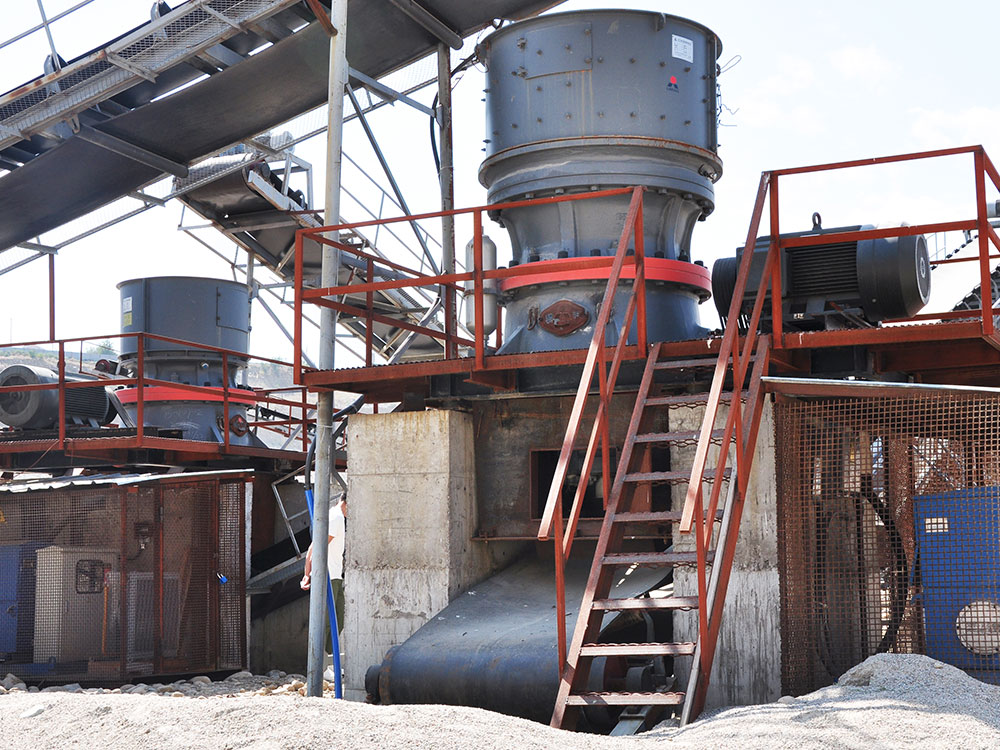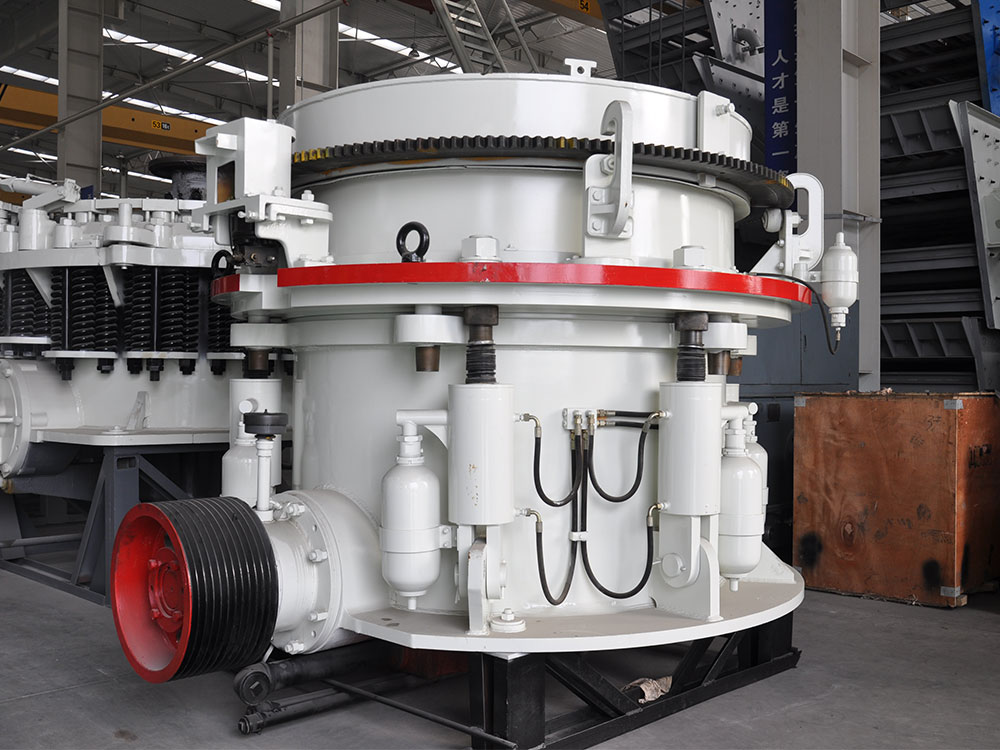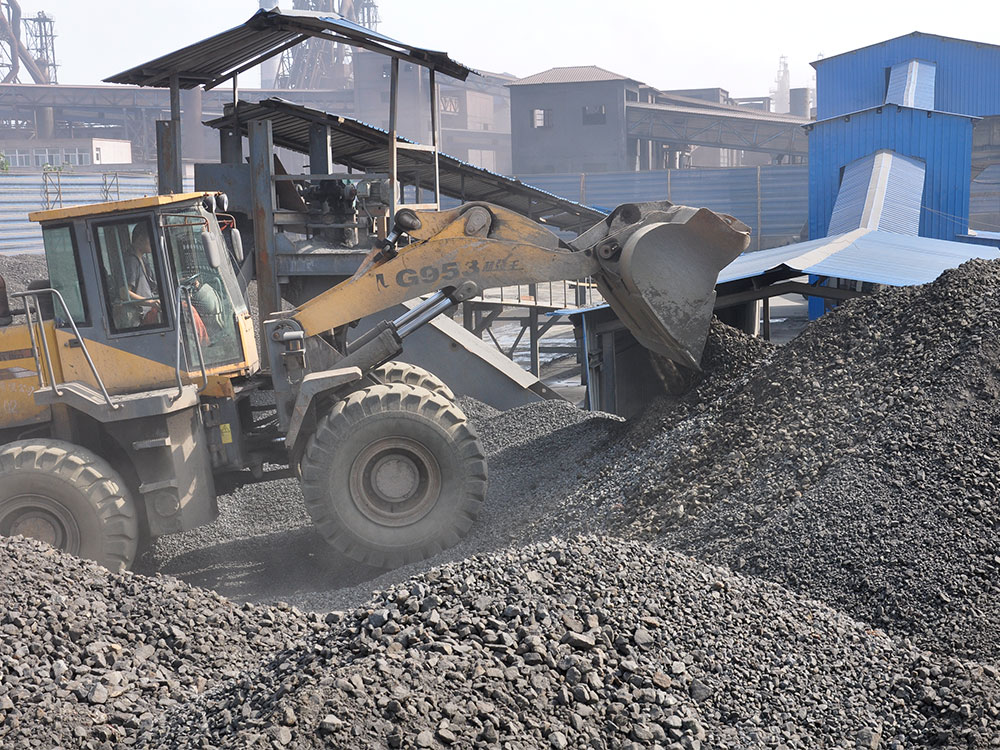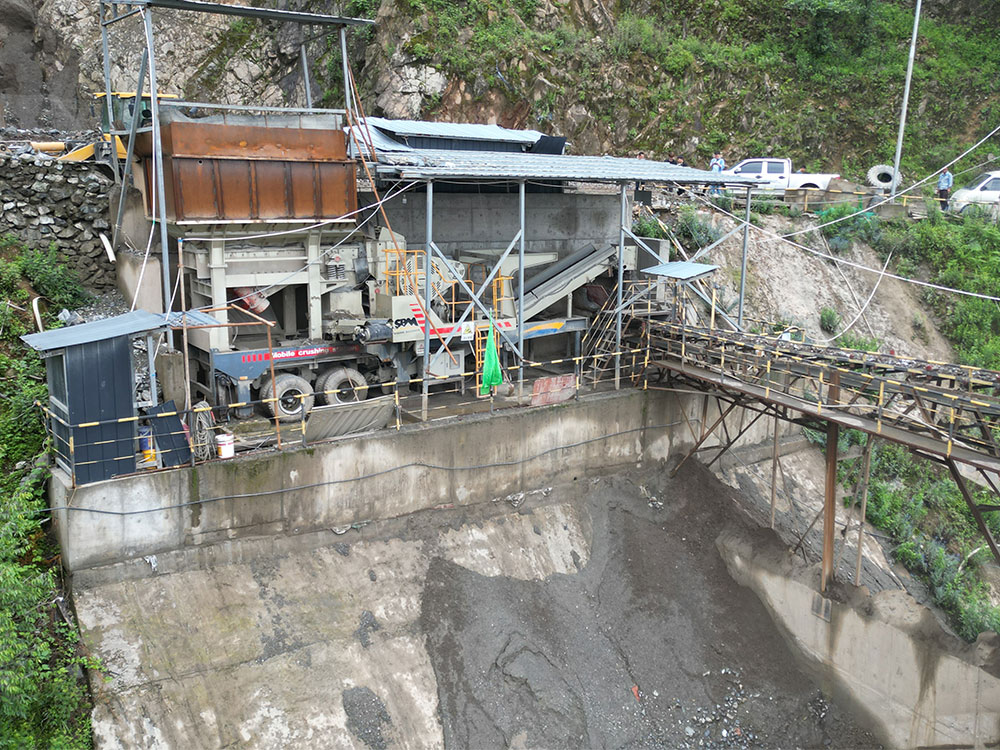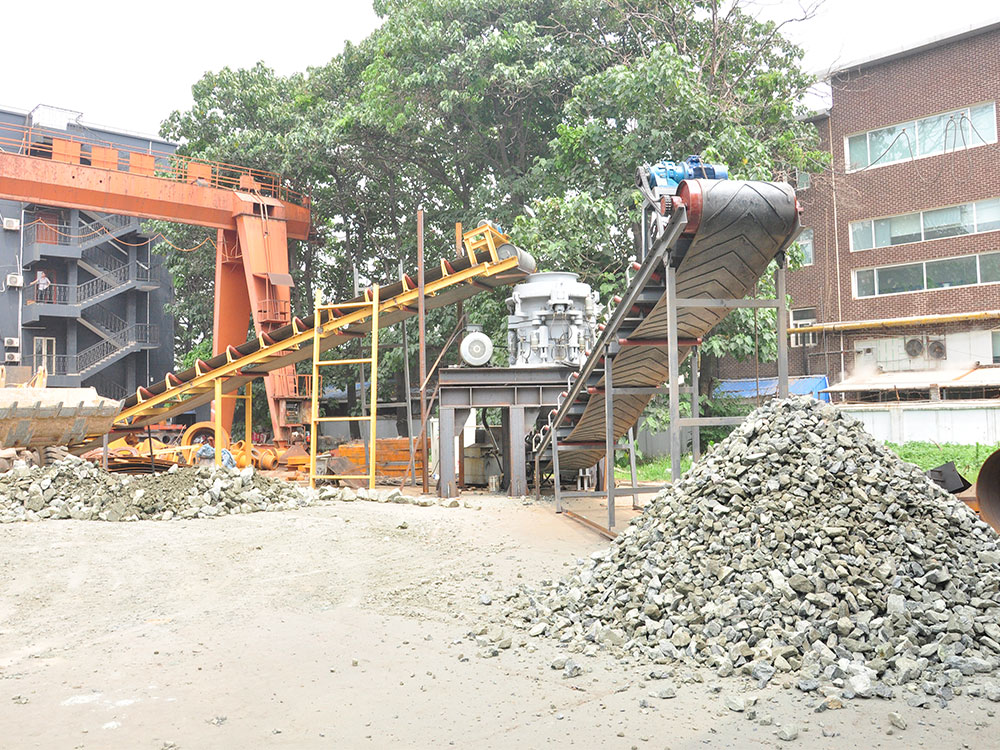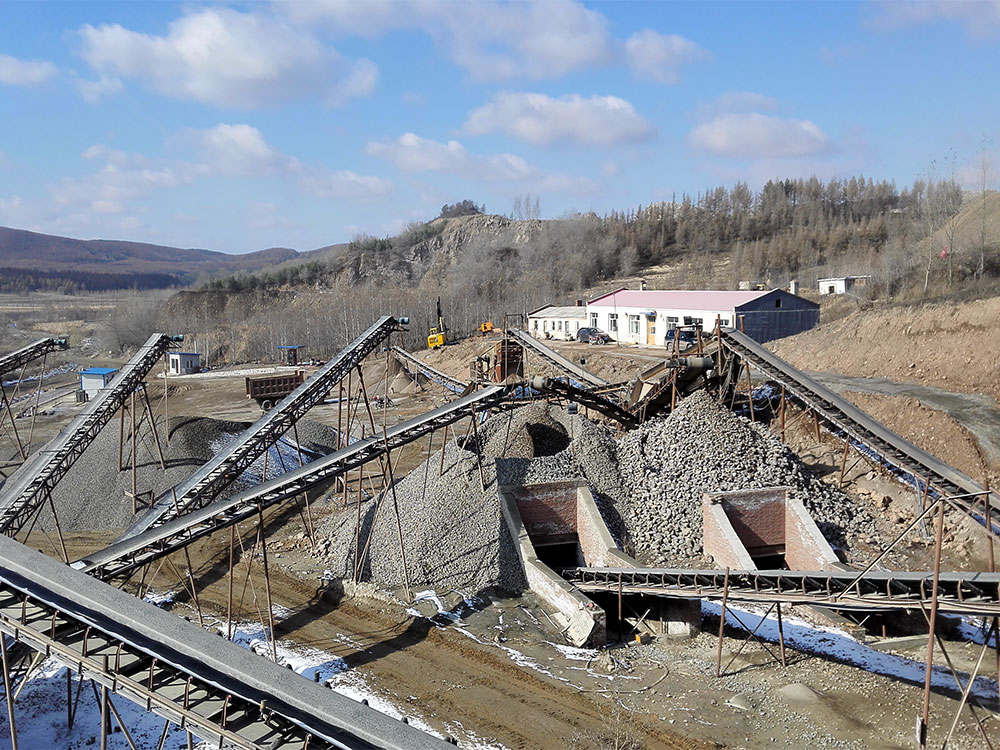The iron ore crushing and beneficiation process is a critical stage in mineral processing, directly impacting the efficiency of subsequent smelting and the quality of the final product. This process primarily comprises the following stages:
1. Crushing Stage
The primary objective of this stage is to effectively crush large iron ore blocks into smaller particle sizes, facilitating subsequent grinding and beneficiation processes. Each step in this meticulously detailed process plays a crucial role:
Primary Crushing: As the starting point of the crushing process, large iron ore blocks are first uniformly fed into a jaw crusher via an efficient and precise feeder. The jaw crusher, with its powerful crushing force and excellent stability, easily reduces the ore to a particle size of 20–30 cm or 60–80 mm. This step not only lays a solid foundation for subsequent processing but also significantly improves overall production efficiency.
For example, a large iron ore mine uses a jaw crusher for coarse crushing, with a processing capacity of hundreds of tons per hour, effectively meeting the demands of large-scale production.
Medium crushing: After coarse crushing, the iron ore is accurately classified through a vibrating screen and fed into a cone crusher (or impact hammer crusher) for medium crushing. The cone crusher, with its high-efficiency crushing capacity and flexible adjustment range, further reduces the ore particle size to 30–40 millimeters or smaller. This precise processing step provides ideal raw material for subsequent fine crushing operations.
Statistics show that iron ore processed using a cone crusher for medium crushing typically achieves a particle size compliance rate of over 90%, laying a solid foundation for subsequent fine crushing and grinding stages.
Fine crushing: The iron ore after medium crushing undergoes further fine crushing, which is the final step in the crushing process. Fine crushing equipment typically uses cone crushers (or high-efficiency fine crushers), which employ advanced crushing technology and precise particle size control to reduce the ore particle size to 5–10 millimeters or smaller, perfectly meeting the stringent particle size requirements of the subsequent grinding stage.
In actual production, a certain iron ore mine successfully controlled the ore particle size below 5 millimeters by adopting advanced fine crushing equipment and technology, significantly improving grinding efficiency and mineral recovery rates.
2 Grinding Stage
The primary task of this stage is to grind the finely crushed iron ore into finer particle sizes to facilitate efficient mineral processing. The specific process is as follows:
Grinding: The finely crushed iron ore is transported into a grinding mill (such as a ball mill) via a bucket elevator or other efficient conveying equipment for grinding. The ball mill, with its powerful grinding capacity and precise particle size control, grinds the ore to the desired fineness (e.g., 0–325 mesh) using rotating grinding discs and grinding balls. This fine grinding step provides high-quality raw material for the subsequent mineral processing stage.
Data shows that iron ore processed using ball mills typically achieves a particle size of 200 mesh or finer, creating favorable conditions for subsequent mineral processing operations.
Classification: The ground ore is subjected to precise screening through classification equipment (such as spiral classifiers or vibrating screens) to accurately separate it into different grades. Ore that meets the particle size requirements is sent to the next stage for mineral processing, while ore that does not meet the requirements is returned to the grinding mill for further grinding. This strict classification ensures the smooth progression and efficient recovery of subsequent mineral processing operations.
In practical applications, a certain iron ore mine successfully controlled the ore particle size within a specific range by adopting advanced classification equipment and technology, significantly improving mineral processing efficiency and product quality.
3. Mineral Processing Stage
This stage is a critical component of the iron ore processing workflow, with the primary objective of effectively separating iron minerals from impurities using various mineral processing methods to produce high-grade iron concentrate. A variety of methods are employed, including magnetic separation, flotation, and gravity separation, among others. The selection of these methods primarily depends on the ore's magnetic properties, density, and surface characteristics.
Magnetic Separation: As an important method in the mineral processing stage, magnetic separation utilizes the magnetic differences between magnetic and non-magnetic minerals in the ore to achieve separation. The magnetic separator generates a strong magnetic field to firmly adhere magnetic minerals to the magnetic drum, while non-magnetic minerals are smoothly discharged with the slurry. This highly efficient separation process provides a robust foundation for producing high-grade iron concentrate in subsequent stages.
According to statistics, iron ore mines that use magnetic separation to separate iron ore generally achieve an iron concentrate grade of over 60%, significantly enhancing the product's market competitiveness.
Floating: Floating is another important mineral processing method that involves adding specific reagents to impart hydrophilic or hydrophobic properties to mineral surfaces, thereby achieving effective separation from impurities. The flotation machine uses precise agitation and aeration operations to cause mineral particles in the slurry to tightly adhere to bubbles and float to the water surface, forming a foam layer. The foam is then scraped off to obtain the concentrate. This precise operation ensures the successful production of high-grade concentrate.
In actual production, a certain iron mine successfully increased the grade of iron concentrate to over 65% by adopting advanced flotation equipment and technology, while reducing the iron content in tailings, thereby maximizing resource utilization.
Gravity separation: Gravity separation is a method that utilizes the density differences between minerals for separation. Gravity separation equipment such as shaking tables and spiral separators use precise vibration, water flow, or gravitational force to cause mineral particles of different densities to stratify within the equipment and achieve effective separation. The efficient separation in this step provides strong support for obtaining pure iron concentrate in subsequent processes.
Data shows that iron ore mines using gravity separation methods for iron ore separation generally achieve iron concentrate recovery rates of over 85%, while reducing production costs and energy consumption, achieving a win-win outcome for both economic and environmental benefits.
It is worth noting that in actual production, the iron ore crushing and beneficiation process may be adjusted and optimized based on factors such as ore properties, production scale, and equipment selection. Additionally, with the continuous advancement of technology and the increasing stringent environmental requirements, the process flow is also undergoing constant innovation and improvement. For example, some iron ore mines have begun to adopt automated and intelligent production equipment and technologies to enhance production efficiency and product quality; others are dedicated to developing more environmentally friendly and energy-efficient beneficiation processes to reduce pollution and damage to the environment. These innovations and improvements undoubtedly inject new vitality and momentum into the development of iron ore crushing and beneficiation process flows.


